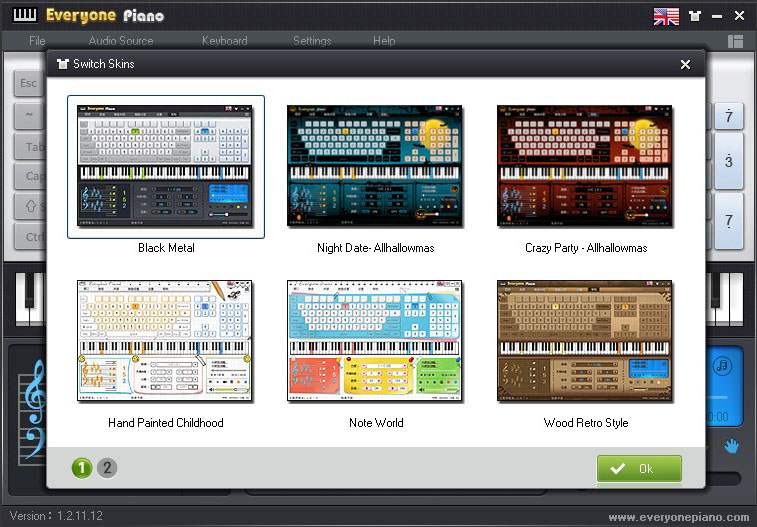


Many of us would like to know more about who/what Upstream is, what it intends to do and what effects that may have on everyone in our industry. It has been stated in some online media that Upstream could be good for everyone. Sometimes the simple chords and melodies are the best.Many of us in real estate are reading about something that we don’t understand. So you only really need to move one note each time.Īnd that’s it! This is a beautiful song to perform for a loved one or just master on your own.Īnd I hope it will help you see that songs written and performed by professional musicians aren’t always super complicated. in the right hand the first four chords all have D as the bottom note. One thing that really helps in that section is to notice the notes that DON’T move. It’s up to you how you would like to play it. In the lead sheet, we have notated the chords that you will be playing, but in the video, you can see that I break those chords up with my right hand to make it sound a little fancier. If this is just too weird for you to begin with, you can always play the left hand an octave lower (you might like the sound better as well).

It’s important to be comfortable at the keyboard in a variety of positions. This might feel confusing and a bit squishy at first, but it is a good skill to practice. In fact, right away there is a G note that we play with our right hand, and then just two beats later we’re playing it with our left. You’ll notice when you play this that our right and left hands share the same space on the keyboard. But I would encourage you to try and play the arpeggios because it’s so satisfying when you are able to master it. If it is too challenging, to begin with, we can just play the root and 5th of the chord with our left hand. That might take a bit of practice, especially when we play hands together.

We’ll be playing arpeggios of all the chords in our left hand. The biggest thing will be left-hand pattern. Now - just because the chords are simple and they repeat a lot - doesn’t mean that there aren’t any challenges when playing this song. This is a “Perfect” example (excuse the pun!) of how so many popular songs only use four chords. That’s it! The order of the chords does change for the chorus, but the chords themselves are the same throughout the whole song. We’ll be playing in the key of G Major (the original is in G# Major), and we will only have to learn four chords. This song is as beautiful as it is simple. She’s a lucky lady to have this song written for her, but today you’re the lucky one because we have a tutorial for you!!! 🙂 They actually were childhood friends who went to school together, and then reconnected later in life!


 0 kommentar(er)
0 kommentar(er)
